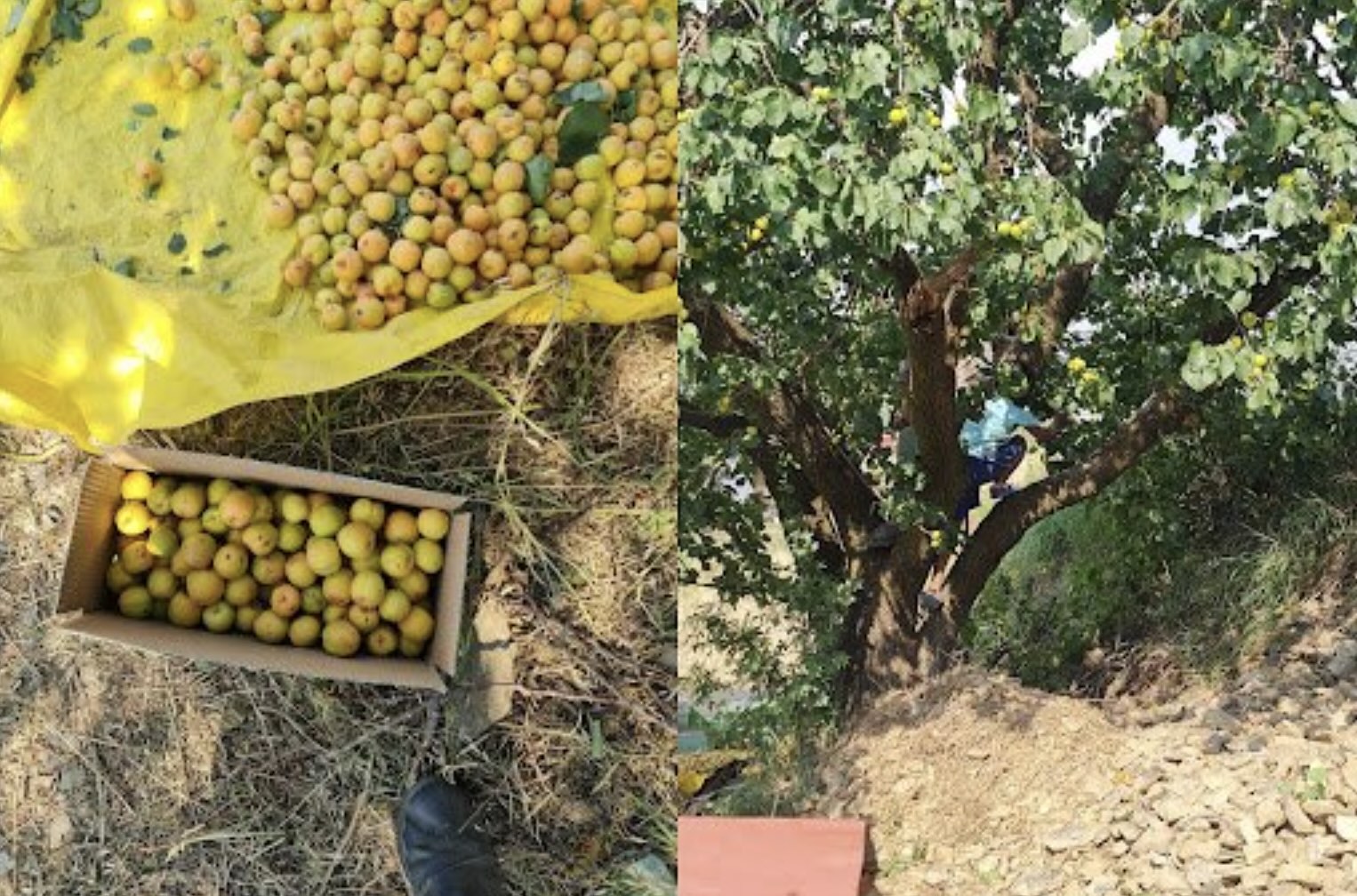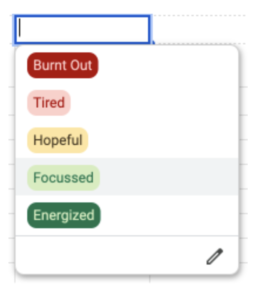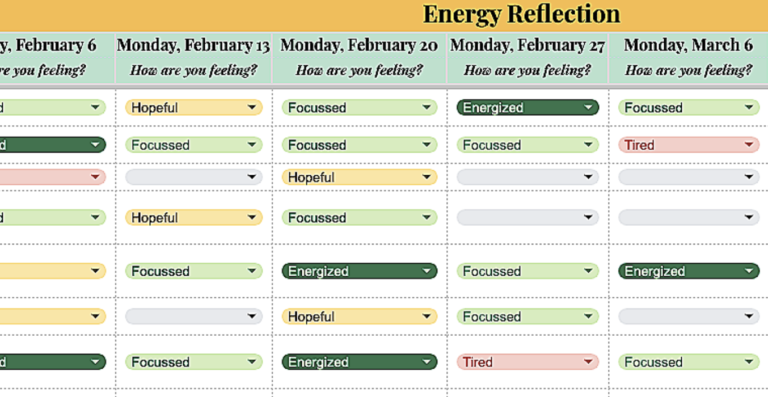Last month, one of my team members enjoyed the fruits of her labor—literally! 🥭🍏 Shruti harvested a bounty of apricots on her farm in Solan. She will now get down to making jams, pickles, and chutneys from these. Her small-town choice paid off, leaving the rest of us drooling over these amazing pictures.
This is a great reminder of why we chose to operate remotely at Co.labx. It allows everyone to work from wherever and have a lifestyle of their choice. Sure, every decision has its pros and cons, but I am seeing more pros here. If you’ve ever dreamed of a farm-based small-town life, like me, prepare to be jealous!

Image 1 : Harvest of Apricots
Did you know Coca-Cola was supposed to be a painkiller but accidentally became a soft drink? Weird, right?
These are called Accidental Discoveries.
We too made an Accidental Discovery last month. We deployed a solution for one problem, but it ended up solving something else! Chapter 3 is a case study of an accidental discovery that created incredible value for an organization. This is third in the series of posts to help organisation leaders learn and implement simple things with their team.
The Problem
A year ago, a major sector leader reached out to us with a crisis. Their rapidly expanding organization was facing a daunting problem: Their new team’s execution lagged far behind that of their core team.
When we dug deeper, we uncovered an even scarier reality. Many new team members were clueless about the purpose behind most of the work they did, heavily relying on leadership for direction. Worse still, 90% of them were clocking over 10 hours a day, leading to severe burnout and exhaustion. It was a ticking time bomb !
So, what did we do?
We introduced 3 key processes
#1: Annual OKR,I am sure you know about this
#2: Weekly priority-setting, we helped the team plan their week keeping OKR’s front and center
#3: The Energy Check, Now this is where the magic happened
The Accidental invention?
Process #1 & #2 👆 are not new. We have tried these multiple times with different teams and it works smooth like butter.
#3 is something we had tried only once previously. It did not create the results we had anticipated. But this time it snowballed into something completely unanticipated!
Before I tell you about the snowball effect, here is how the energy check process works 👇
Step 1
The team spends the first 10 minutes of the weekly team call doing the Energy Check. On a Google sheet, in a cell next to their name they select their energy level from five drop-down options, and in a couple of sentences they write the rationale for their choice.

Image 2 : Drop down of an energy check
Step 2
Post that a few individuals might organically step in to give more context about what they had written. Other team 👇members may ask questions or share their perspectives. The entire exercise took about 15 minutes and the team then moved to discuss other business agenda items.

Image 3: Team energy reflection sheet
It ends there.
For us, it was a great way to start the call with this energizer, for the founders to see overall how the team was doing, and for the team members to understand where their colleagues were and provide support if needed. If you have been waiting for a turning point in this story, this is where it happens!
However, for one of the CXO’s, this is not where it ended.
Without us knowing, they started going back to this data every couple of weeks. They started using this seemingly simple piece of information to make multiple executive decisions.
Here are a few 😀 :
- Whom to delegate, what to delegate and when to delegate: As they sifted through the data every couple of weeks, it allowed them to delegate tasks effectively. Simplistically put, they delegated to individuals with high energy and focus in that phase while prioritising support to tired individuals.
- Whom to support, when to support and how to support: The CXO started reaching out to those “feeling tired and burnt out” for support – Sometimes by simply nudging their peers to check on these individuals, have conversations or wherever needed jumped in themselves to do this.
- Spotting attrition: Lastly this was a fascinating insight – when the CXO went back to a team member’s energy data who had recently quit they were able to see clear patterns of low energy and impending signs of burnout for a few months. This team member had been a valuable leader for the organisation and losing had been painful. In the CXOs words – ‘This was a missed opportunity and I wish I had gone back to this earlier.’
Often as leaders, our focus is on progress to goals. Rarely do we try to understand how people are feeling despite achieving the goal. If people are feeling worse even after achieving, the collapse is not very far.
No one can outperform their feelings.
This was a big revelation for me 😀, thanks to the CXO!
Note: Write to me at saahil@colabx.in in case you would like to implement Energy Check with your team. I will send you the template with instructions. The only commitment I need from you is to write to me just in case you make an accidental discovery in the process!
Before signing off, we have a request to you
If you are interested in bringing your team together in the sports field and don’t know how, let’s chat here , we will be more than happy to help 🙂

The Diary of a Coach
Diary of a Coach is a monthly newsletter sharing lessons in leadership and organisational development by people who are actively championing this work with various organisations.